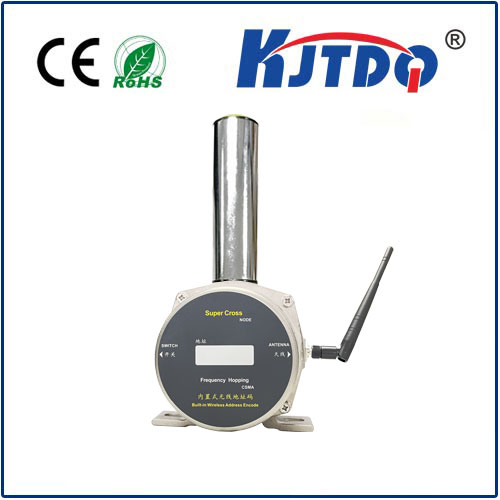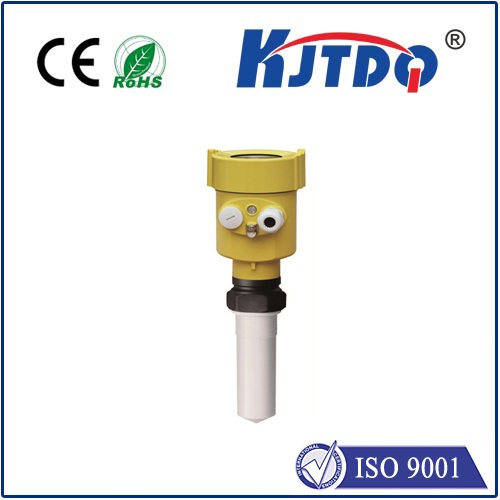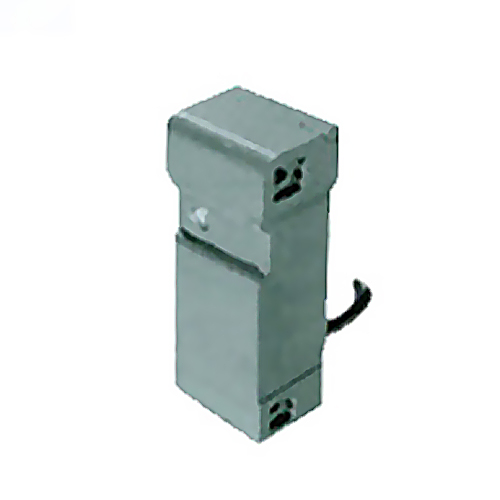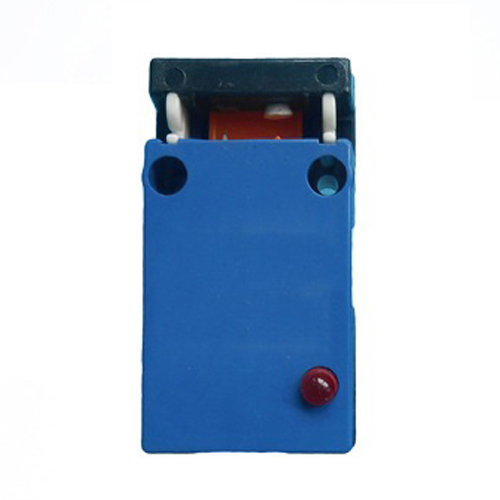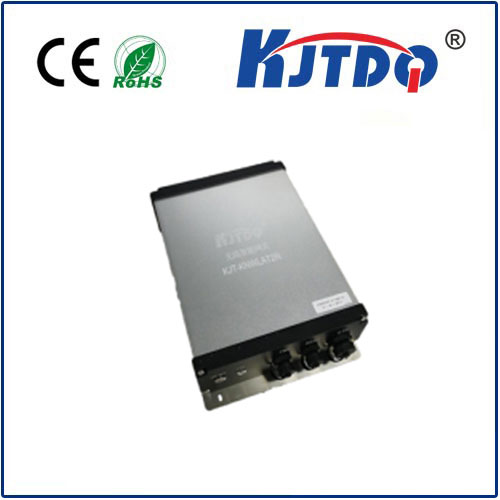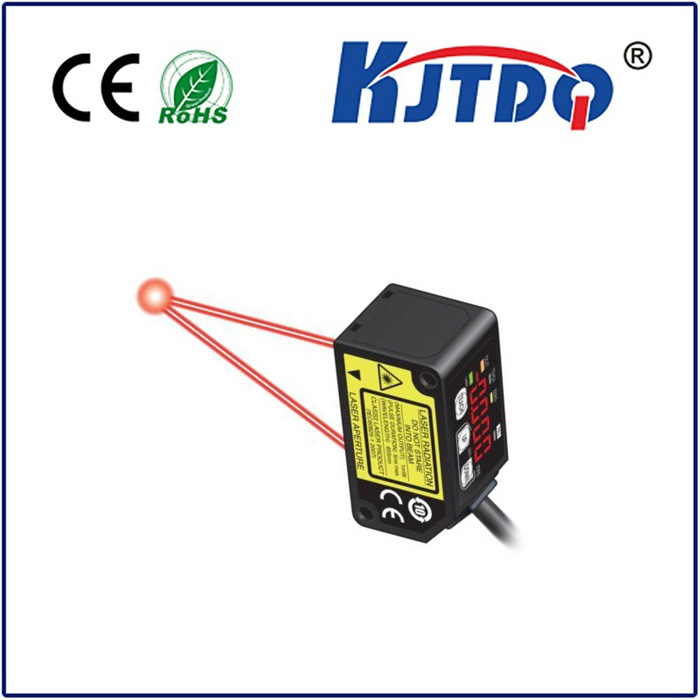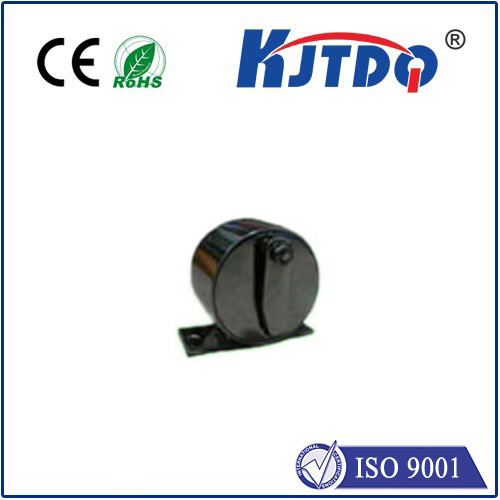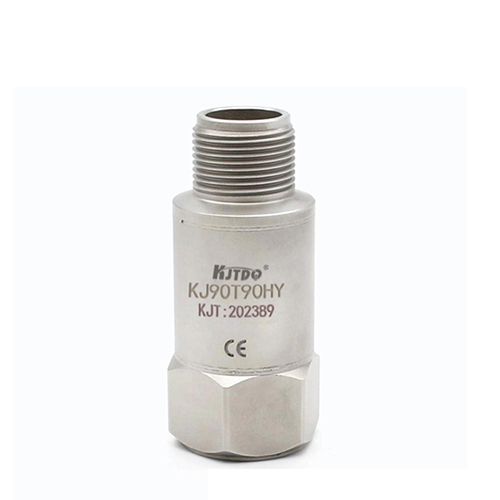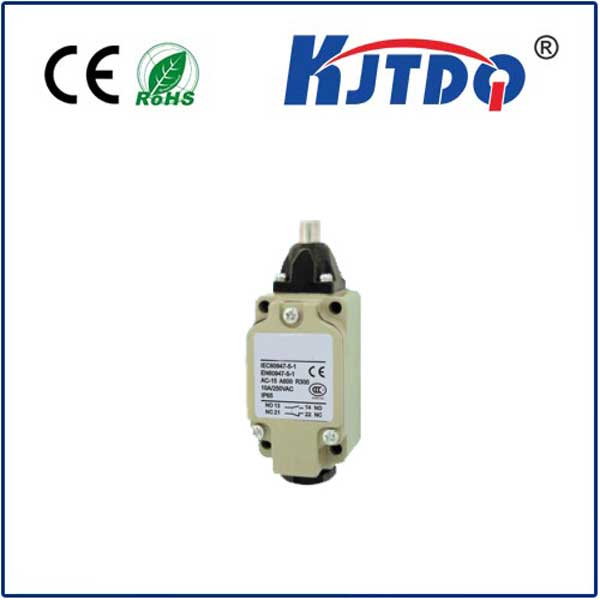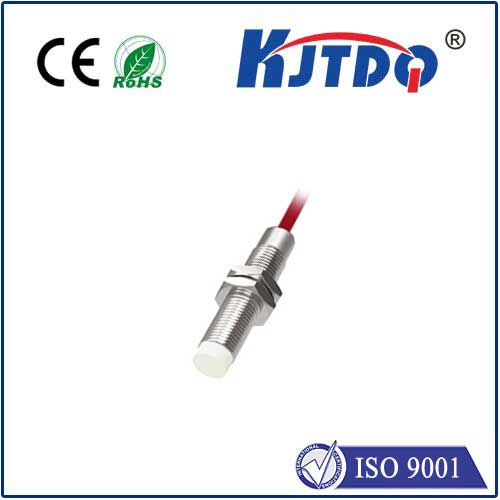E3FC-DN12 2M reflective photoelectric beam sensor
- time:2025-10-10 02:27:38
- Click:0
Unseen Guardians: How the E3FC-DN12 2M Reflective Photoelectric Sensor Powers Industrial Reliability
In the rhythmic heartbeat of modern industry, amidst the clatter and hum, countless unseen sentinels work tirelessly. These are the sensors – the eyes and ears of automation, ensuring precision, safety, and seamless operation. Among them, a specific type stands out for its versatility and effectiveness in demanding applications: the photoelectric sensor. And within this family, the E3FC-DN12 2M reflective photoelectric beam sensor emerges as a particularly robust solution for medium-range object detection challenges. Let’s explore why this compact device is a cornerstone of reliable industrial control.
Demystifying Photoelectric Sensing: Light as the Messenger
At its core, a photoelectric sensor detects the presence, absence, or distance of an object using a beam of light – usually infrared for reliability. There are several primary operating modes:
- Through-Beam: Transmitter and receiver are separate units. The object is detected when it interrupts the beam traveling directly from Tx to Rx. Offers the longest range and highest reliability but requires separate mounting on both sides.
- Retroreflective: Transmitter and receiver are housed together. The beam is sent towards a dedicated reflector; the object is detected when it breaks the reflected beam returning to the sensor. Simplifies wiring but requires a reflector.
- Diffuse Reflective (Proximity Mode): Transmitter and receiver are housed together. The sensor detects light reflected directly off the target object itself. Simplest mounting but shortest range and performance can be affected by object color and surface.
The E3FC-DN12: Engineered for Medium-Range Resilience

The E3FC-DN12 firmly occupies the reflective photoelectric beam sensor category (retroreflective type). Its defining characteristic is the 2-meter (approximately 6.5 feet) sensing range. This range makes it ideal for applications where distances are too long for diffuse sensors but don’t justify the complexity and cost of a full through-beam setup with separate components.
- Working Principle: The sensor emits a focused infrared light beam. Opposite the sensor, a specialized retroreflector is mounted. This reflector is designed to bounce the light beam directly back along its original path towards the sensor’s integrated receiver. When the beam is intact, the sensor registers a clear state (often called “Light ON” or “NO object”). When an object passes between the sensor and the reflector, it interrupts the beam. The receiver no longer detects the reflected light, triggering the sensor’s output to change state (e.g., “Dark ON” or “Object detected”).
Why Choose the E3FC-DN12? Key Features and Advantages
Several features contribute to the E3FC-DN12’s popularity in demanding environments:
- Robust Construction: Typically housed in a rugged, industry-standard cylindrical metal body, it offers superior resistance to impact, vibration, and environmental contaminants like dust and oil splash (common IP67 rating). This industrial-grade durability ensures longevity.
- Simplified Installation & Wiring: Combining both emitter and receiver eliminates the need to align separate units across a distance or run wiring to a remote receiver. Mounting just two points (sensor and reflector) significantly reduces installation time and complexity compared to through-beam. The 2M range offers a practical sweet spot.
- Consistent Detection: Unlike diffuse sensors, performance is largely immune to variations in target object color, surface finish, or material (as long as the object is opaque enough to interrupt the beam effectively). Detection relies purely on beam interruption.
- Reliable Operation: By focusing on beam interruption rather than faint diffuse reflections, retroreflective sensors like the E3FC-DN12 offer higher resistance to ambient light interference and generally provide more stable and dependable detection over their specified range.
- Versatile Electrical Outputs: Commonly available in standard configurations like NPN (sourcing) or PNP (sinking) transistor outputs, often with options for Normally Open (NO) or Normally Closed (NC) operation, allowing seamless integration into various control systems (PLCs, relays, etc.).
- Visible Beam Alignment Aid: Many models, including variants of the E3FC-DN12, feature a visible red LED beam alongside the infrared beam. This is an invaluable tool for precise alignment during installation and troubleshooting.
Where Does the E3FC-DN12 2M Reflective Sensor Excel?
The combination of range, reliability, and ease of use makes this sensor suitable for a vast array of industrial automation tasks:
- Conveyor Line Object Detection: Verifying presence/absence of boxes, cartons, or products on a conveyor belt within its 2M sensing range, triggering counters, diverters, or stopping mechanisms.
- Pallet & Load Positioning: Ensuring pallets or large loads are correctly positioned on AGVs (Automated Guided Vehicles) or before processing/storage.
- Door & Gate Monitoring: Detecting whether large doors (overhead, sliding) or security gates are fully open or closed. The robust construction handles harsh environments.
- Machine Guarding Safety: Creating presence detection zones around hazardous machinery where personnel entry must be prevented (though often as part of a comprehensive safety system).
- Material Handling: Detecting the start/end of material rolls (paper, film, fabric) or verifying stack height limits.
- Packaging Machinery: Confirming carton flaps are down, cases are erected, or products are correctly placed within trays or carriers before sealing.
- Elevator and Hoist Position Verification: Sensing platform position for control sequences.
Optimizing Performance: Installation Considerations
While relatively simple, maximizing the E3FC-DN12’s effectiveness requires mindful installation:
- Secure Mounting: Ensure both the sensor head and the reflector are firmly mounted to prevent misalignment caused by vibration.
- Precise Alignment: Use the visible red alignment beam (if equipped) meticulously. Even slight misalignment drastically reduces the effective range or causes false triggers. Alignment brackets can be helpful.
- Environmental Factors: While robust, avoid placing the optical path directly in front of very strong light sources or where heavy condensation, steam, or thick dust clouds are constant. Ensure the reflector lens remains clean.
- Target Characteristics: Ensure target objects are sufficiently large and opaque to reliably interrupt the beam across the entire detection zone. Thin wires or highly transparent materials might not be detected.
- Electrical Compatibility: Double-check the sensor’s output type (NPN/PNP, NO/NC) and voltage rating match your control system requirements before wiring.
The Unseen Workhorse
The E3FC-DN12 2M reflective photoelectric beam sensor exemplifies the practical ingenuity found in industrial automation components. It delivers a powerful combination: reliable medium-range detection (2M), the installation simplicity of a single-housing sensor, and the robust construction needed to thrive on the factory floor. By consistently performing the critical task of confirming object presence or position, it underpins efficiency,












